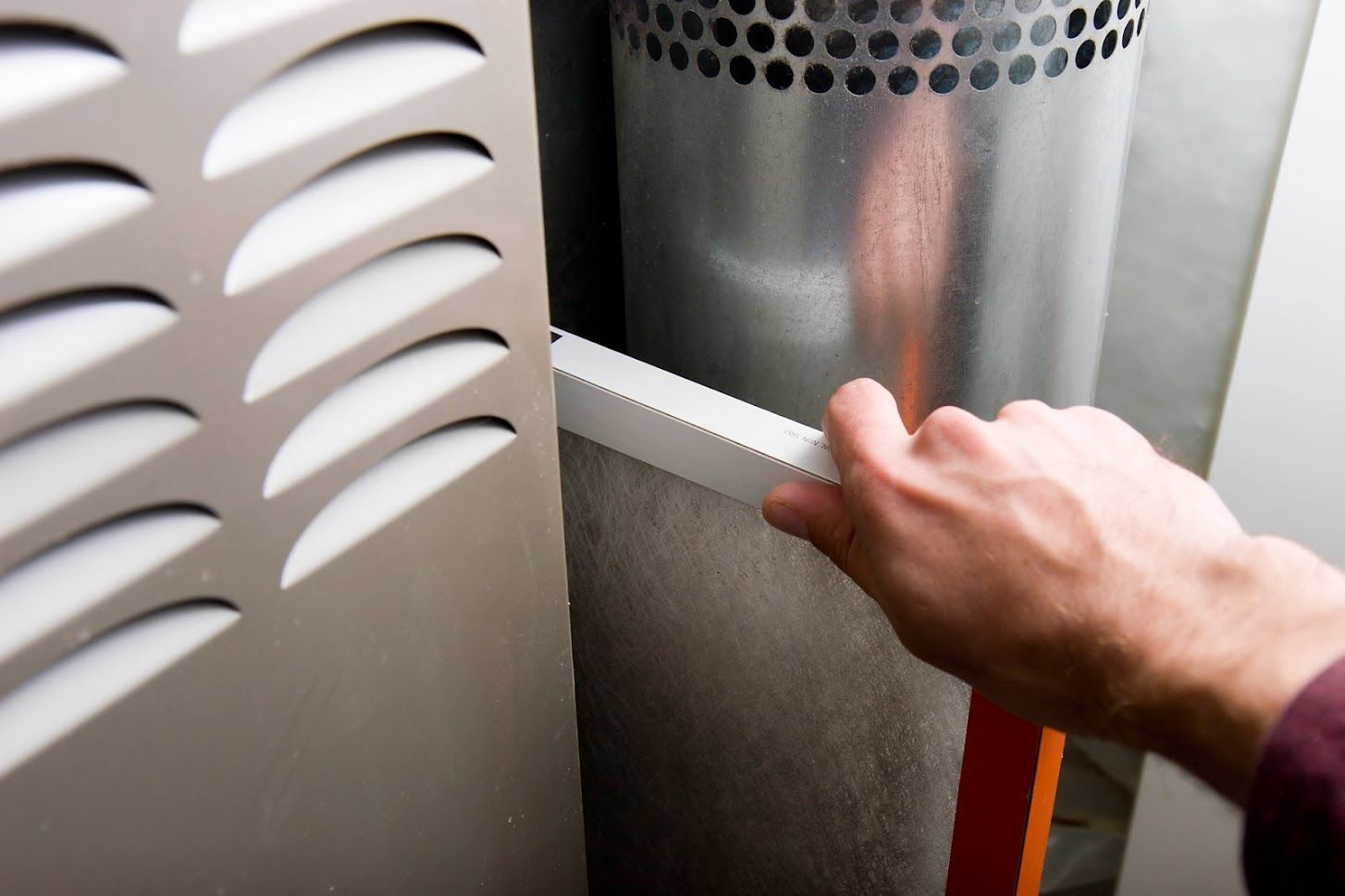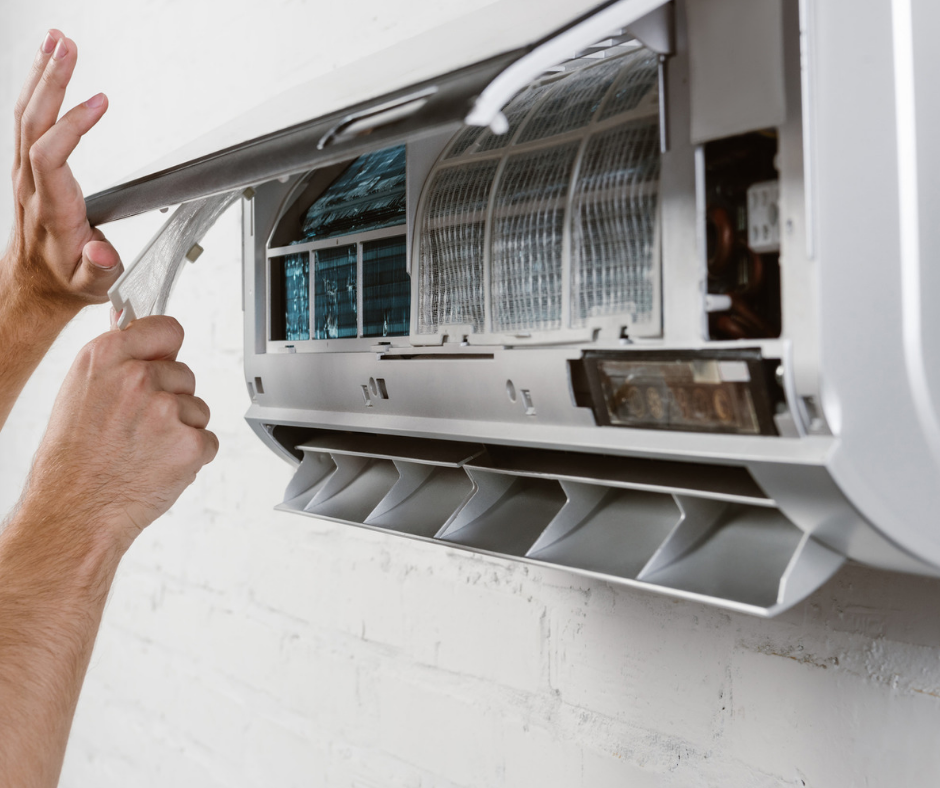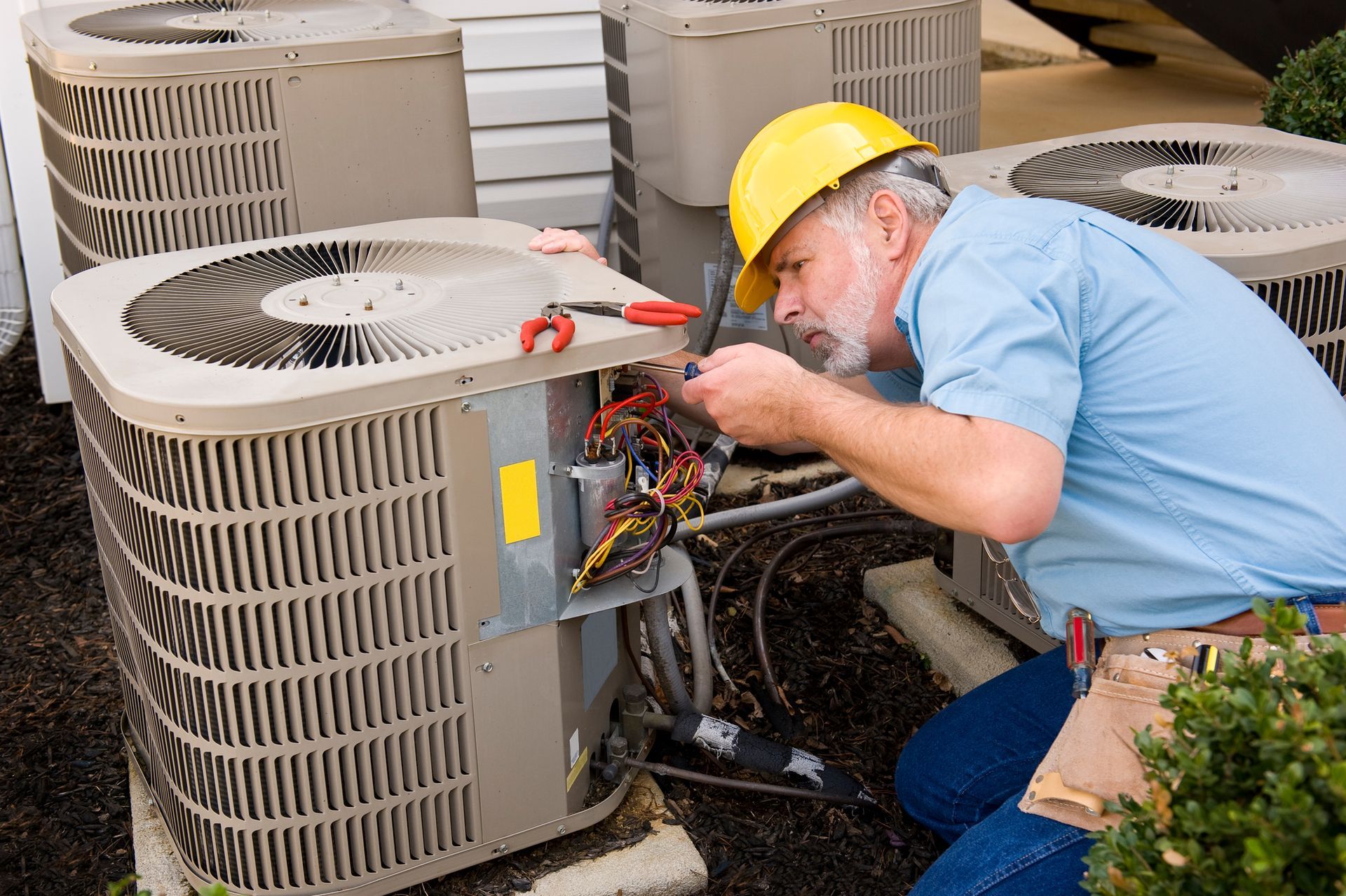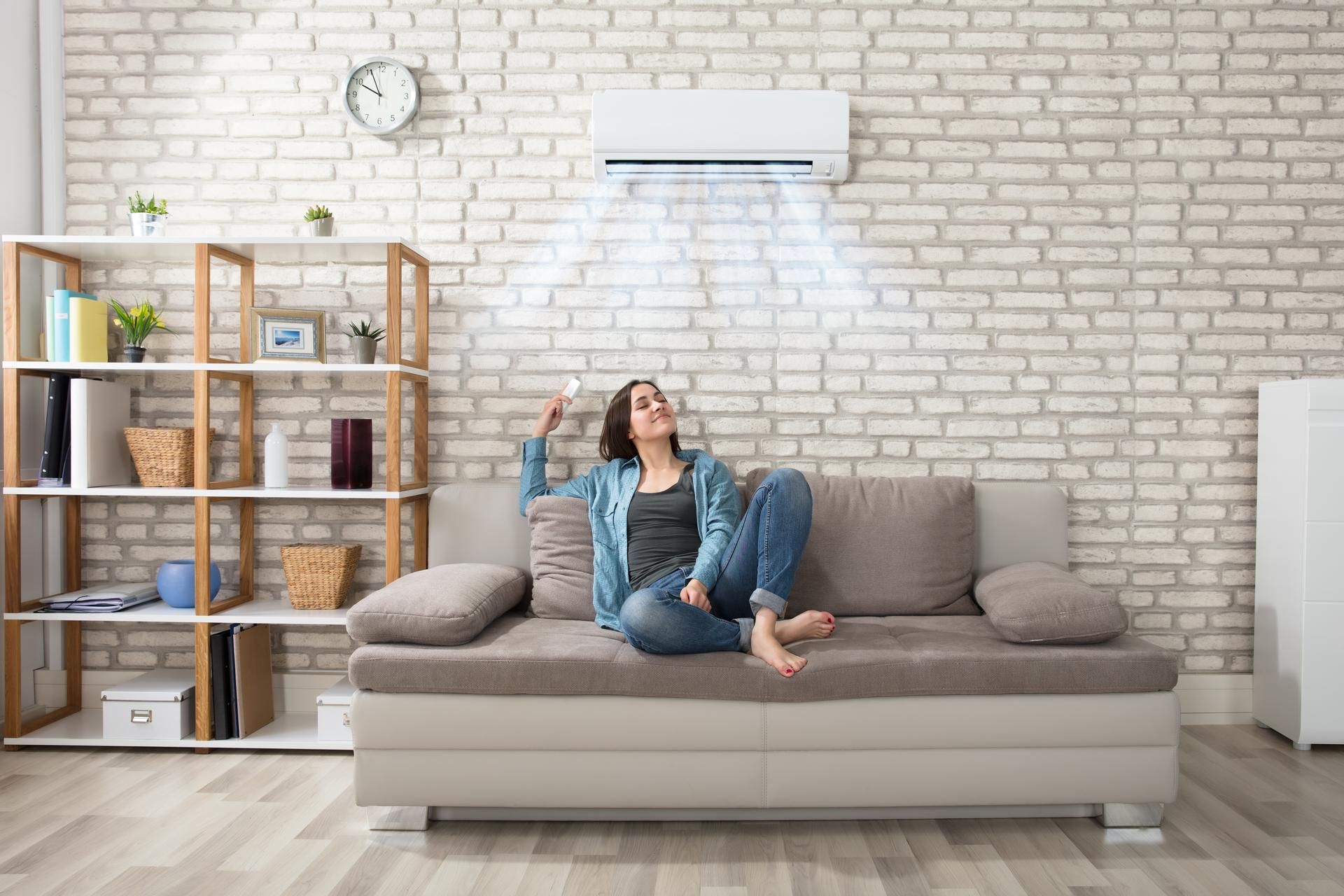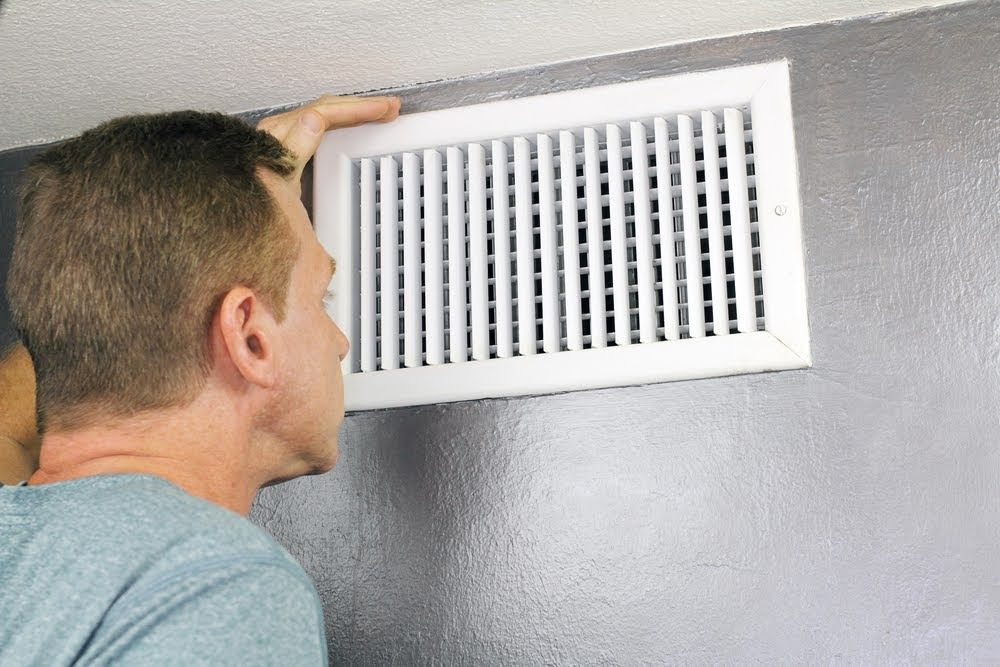HVAC Inspection for Your Home: What Are the Steps?
- By A-1 Finchum Heating
- •
- 22 Jan, 2024
- •
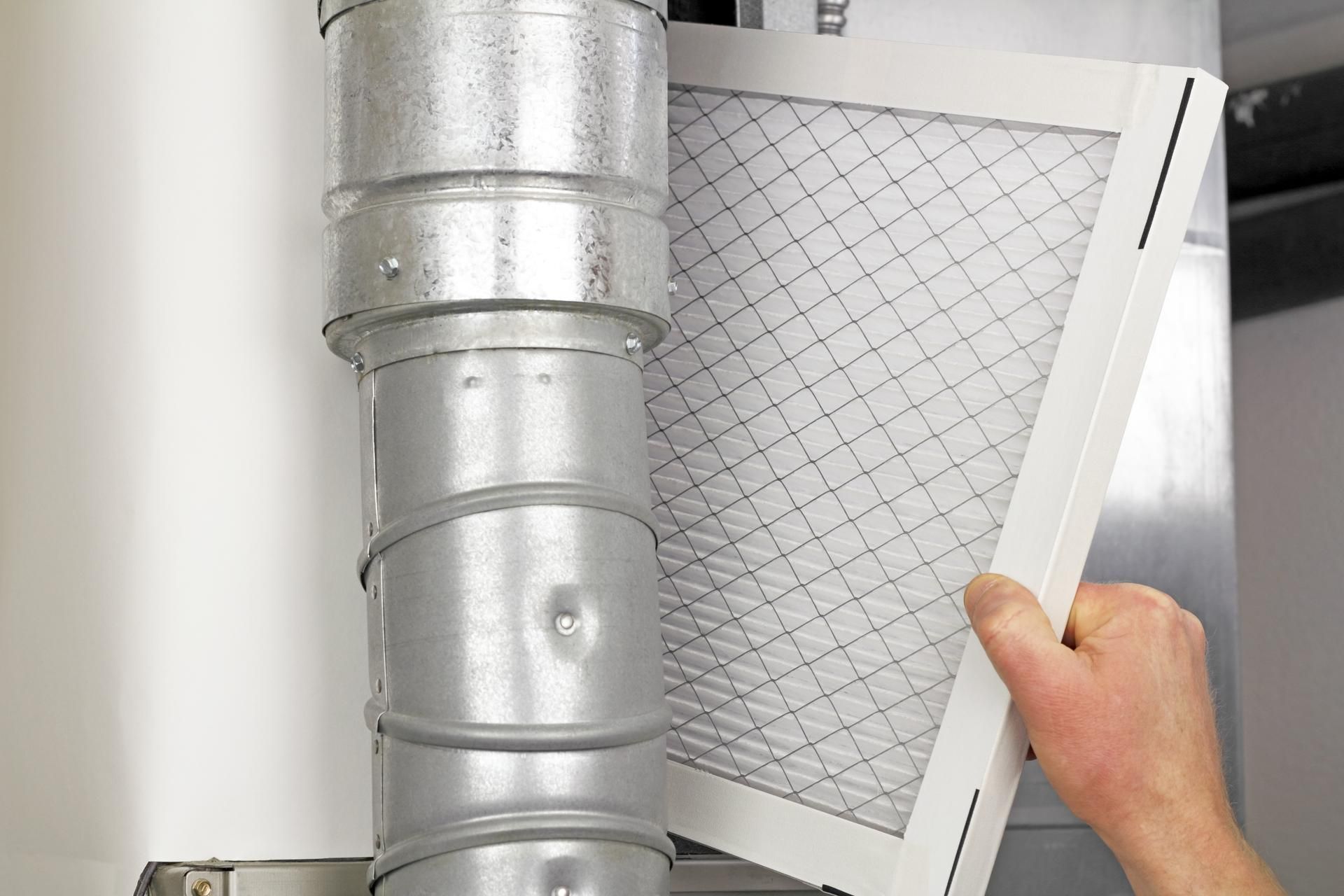
When maintaining your HVAC system, one size does not fit all. Regular maintenance of your HVAC system is essential, but every homeowner should understand the different steps of a professional HVAC inspection. These steps will ensure that your system is running smoothly and prevent possible problems in the future.
In this blog post, discover comprehensive steps that a professional HVAC inspection should take to keep your home comfortable and safe.
Do a Visual Inspection
The first step in an HVAC inspection involves a visual inspection of the entire system. A professional technician will inspect both indoor and outdoor units, including the furnace, air conditioning unit, air handler, ductwork, and thermostat. They will check for signs of wear and tear, damage, or neglect. They will also look for any electrical connections that are worn, corroded, or frayed that may cause system failures or fires.
If they identify any issues, they will provide you with a report that outlines the necessary repairs or replacements.
Lubricate and Clean Moving Parts
Check Refrigerant Levels
Check the Electrical Connections
The technician will check the electrical connections of the HVAC system. If there are loose or corroded connections, it could lead to problems with the system's performance or safety. The technician will tighten any loose connections and replace any corroded wires they come across.
Inspect the Ductwork
Do a Safety Inspection
Lastly, during a professional HVAC inspection, a comprehensive safety inspection is conducted. Highly skilled professionals meticulously test your system to detect any potential carbon monoxide leaks or gas leaks. Carbon monoxide is an odorless, colorless, and extremely toxic gas that can significantly jeopardize the health and well-being of your family. Any existing leaks within the system that could potentially compromise the safety of your home will also be diligently identified and addressed.
Regular HVAC maintenance is essential for extending the life of your HVAC system and keeping it operating at peak efficiency. A professional HVAC inspection can pinpoint potential problems, and maintenance can prevent them from becoming significant and costly issues. By following the comprehensive steps of an HVAC inspection, you can save on energy bills, prevent safety hazards, and ensure your family's comfort.
Contact us today and schedule a comprehensive inspection to help you protect the investment you've made in your home's HVAC system. We look forward to assisting you with your HVAC needs so you can have a comfortable home.






